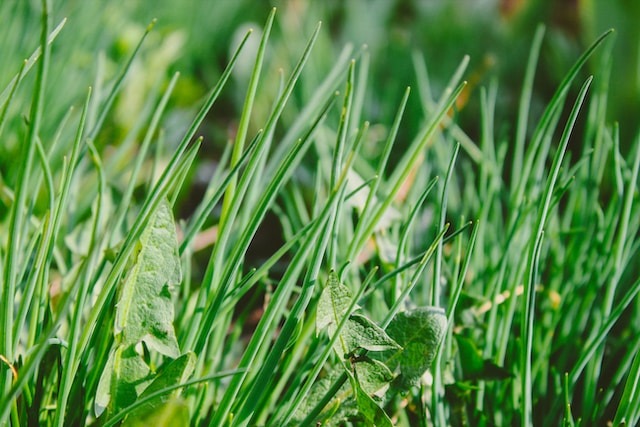In a World of Weeds
Once upon a time, in a land overrun by pesky weeds, there emerged a hero that would save the day – Glyphosate Weed Killer and check more out here! This mysterious potion had the power to vanquish unwanted plants with a single spray. Yet, like all great heroes, it too had its dark side, leaving the villagers divided on whether to embrace or shun this savior. So, grab your popcorn and let’s dive into the tale of Glyphosate, the controversial weed killer that has left the world both enamored and concerned.
A Brief History of Glyphosate
Glyphosate, the active ingredient in many popular herbicides (including the infamous Roundup), was first introduced to the world by Monsanto in 1974. It quickly gained popularity as a potent and efficient weed killer. As we all know, with great power comes great responsibility, and Glyphosate has been the subject of heated debates for decades now.
The Science Behind the Potion
So, how does this magical potion work? Well, it’s not as complicated as you might think. Glyphosate targets an enzyme called EPSPS, which is essential for plant growth. With one swift move, it blocks the enzyme, effectively starving the plant to death. Sounds cruel, doesn’t it? But hey, all’s fair in love, war, and gardening!
The Many Faces of Glyphosate
The applications of Glyphosate are vast, from agricultural fields and residential lawns to parks and urban landscapes. It’s like the Swiss Army knife of weed control solutions. However, just like kryptonite to Superman, Glyphosate has its Achilles heel – the potential risks it poses to humans, animals, and the environment.
The Dark Side: Risks and Controversies
The most significant concern surrounding Glyphosate is its potential carcinogenic effects. In 2015, the International Agency for Research on Cancer (IARC) classified it as a “probable human carcinogen.” However, other agencies, like the EPA and EFSA, have disputed these claims. It’s like a never-ending episode of “He Said, She Said” – scientific edition.
Another issue is its impact on the environment. Glyphosate has been found to harm aquatic life and contaminate water sources. It also poses a risk to pollinators like bees, which are essential to our food chain. Talk about biting the hand that feeds you!
Striking a Balance: Solutions and Alternatives
So, what can we do to enjoy the benefits of Glyphosate while minimizing its drawbacks? Moderation is key! As with any potent potion, using it sparingly and according to the label instructions can help reduce the risks. Furthermore, consider integrating alternative weed control methods like mulching, hand-pulling, or even employing some hungry goats (yes, they love munching on weeds).
In conclusion, Glyphosate Weed Killer might seem like the superhero of herbicides, but even superheroes have their flaws. It’s up to us to weigh the pros and cons and make informed decisions when it comes to taming the wild world of weeds. After all, with great herbicidal power comes great responsibility. So, go forth, dear reader, armed with knowledge, and may the (horticultural) force be with you!


